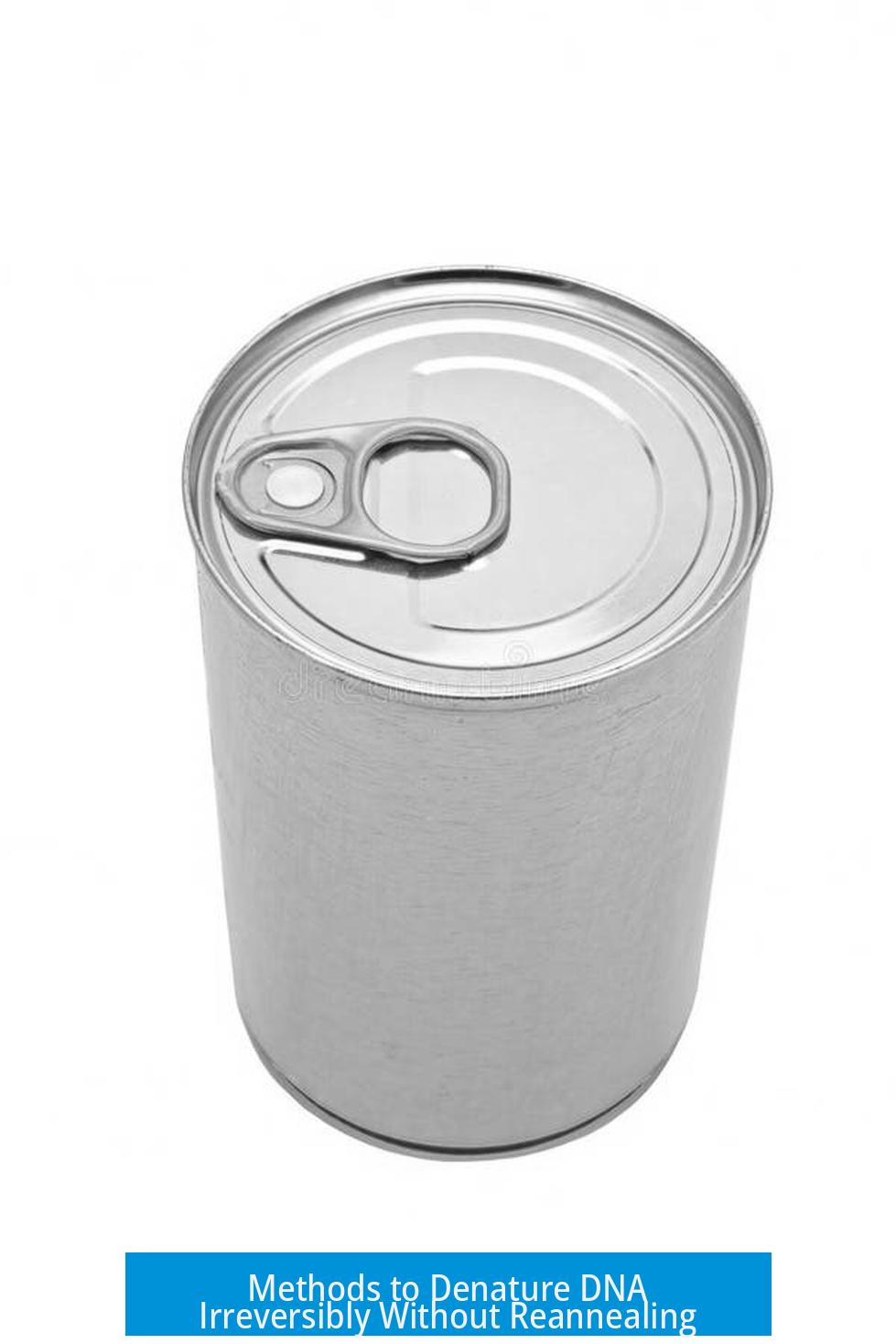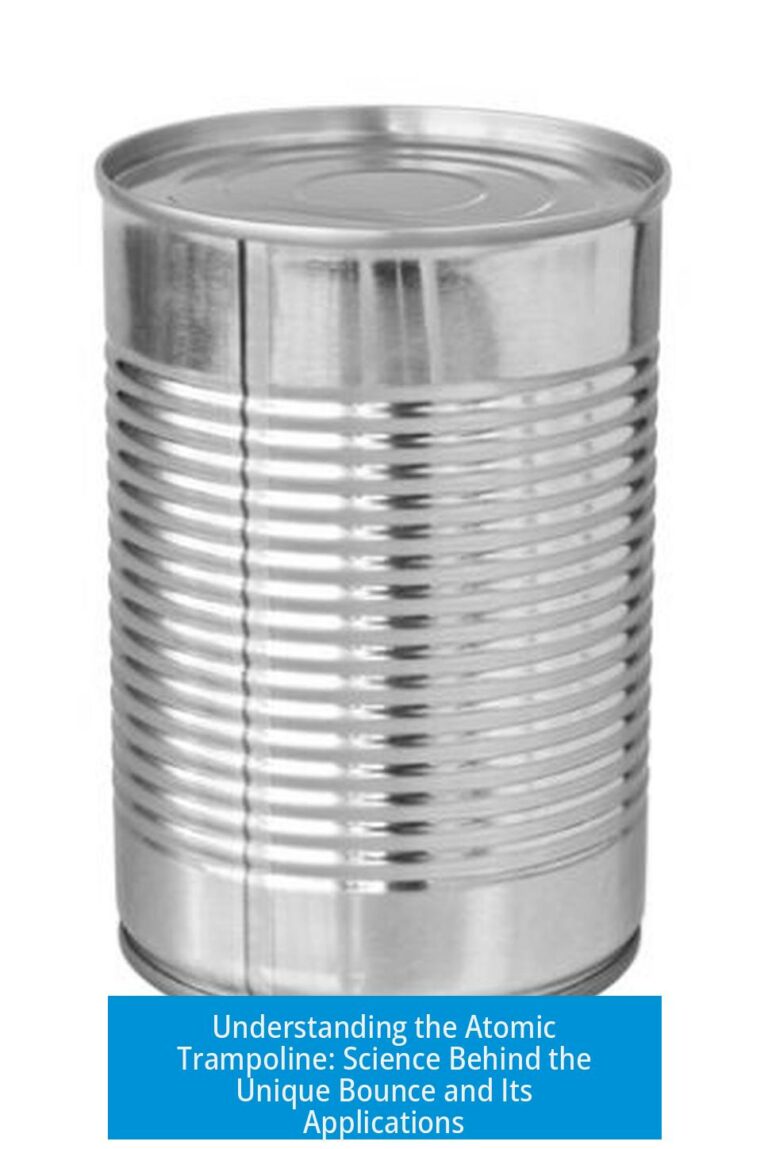How to Denature DNA Irreversibly Without Reannealing
Irreversible DNA denaturation without reannealing is achievable by combining chemical and physical treatments that disrupt hydrogen bonding and prevent strands from reassociating. This requires conditions that destabilize base pairing beyond reversible melting.
Chemical Denaturation Methods
Strong denaturants like urea and formamide can disrupt hydrogen bonds.
- Using 7M urea partially denatures DNA but may not suffice for long strands.
- Formamide lowers DNA melting temperature and promotes strand separation.
- Chemical modification agents like dimethyl sulfate (DMS) alter Watson-Crick faces, irreversibly preventing complementary base pairing.
Thermal Denaturation and Rapid Cooling
Heat-induced DNA denaturation followed by rapid cooling can maintain strands as single-stranded.
- Boiling DNA in water denatures the double helix; phosphate backbone repulsion hinders reannealing.
- Immediate transfer to ice solidifies single strands by preventing thermal motion needed for pairing.
- This technique, used on salmon sperm DNA, produces a stable single-stranded mixture.
- In buffered saline, fast cooling still can prevent strand reassociation.
Alkaline Denaturation
High pH conditions disrupt hydrogen bonds and base pairing, preventing reannealing.
- Alkaline gels used in cDNA library analysis exploit this principle.
- This method can maintain DNA in single-stranded form as long as pH remains high.
Alternative Approaches
If single-stranded DNA (ssDNA) corresponding to a plasmid is the goal:
- Use plasmids with an f1 origin to generate ssDNA via helper phage infection.
- This yields one single strand without chemical or thermal denaturation.
Summary of Key Points
- Chemical denaturants like urea, formamide, or DMS modify or disrupt base pairing.
- Heat DNA to boiling, then cool rapidly to ice to keep strands apart physically.
- Alkaline pH irreversibly prevents hydrogen bonds critical for DNA reannealing.
- Use plasmids with f1 origin for biological ssDNA production.
How can I irreversibly denature DNA using heat?
Heat the DNA sample to boiling, then rapidly cool it on ice. This quick transition stops the strands from reannealing. Even in buffered solutions, fast cooling after boiling keeps strands separate.
Can chemical agents permanently prevent DNA reannealing?
Using 7M urea or formamide helps disrupt hydrogen bonds, but might not fully prevent reannealing with long DNA pieces. Chemical modification targeting the Watson-Crick face, like DMS, can cause irreversible denaturation.
Is alkaline treatment effective for irreversible DNA denaturation?
Yes, alkaline conditions break hydrogen bonds and prevent reannealing. This method is useful to keep DNA single-stranded during procedures like alkaline agarose gel electrophoresis.
Does rapid cooling after heating always prevent reannealing?
Rapid cooling reduces reannealing but may not be fully irreversible for long DNA strands. Salt concentration affects reannealing, so cooling in pure water and fast transfer to ice is key.
Can I obtain single-stranded DNA without denaturation?
Yes, plasmids with an f1 origin produce single-stranded DNA. Using helper phage systems can isolate one DNA strand without denaturing double-stranded DNA chemically or thermally.





Leave a Comment